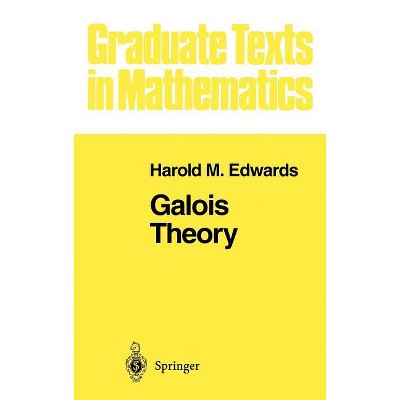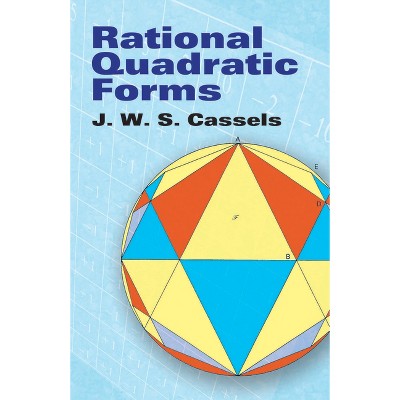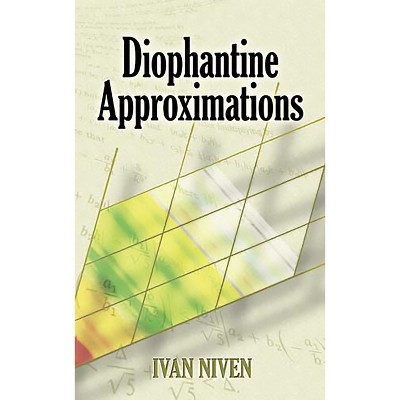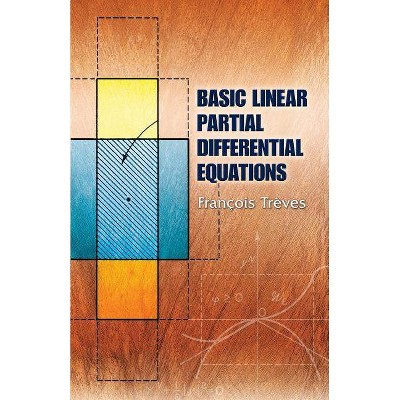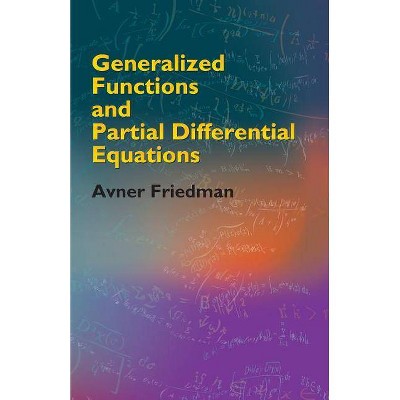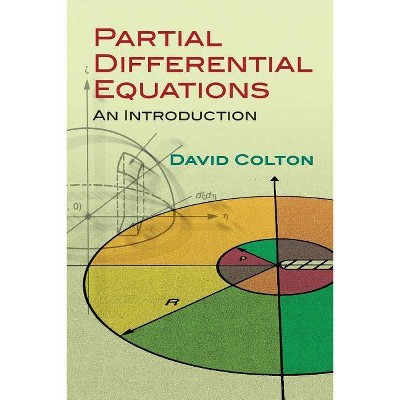Sponsored

Quadratic Diophantine Equations - (Developments in Mathematics) by Titu Andreescu & Dorin Andrica (Hardcover)
In Stock
Sponsored
About this item
Highlights
- This text treats the classical theory of quadratic diophantine equations and guides the reader through the last two decades of computational techniques and progress in the area.
- Author(s): Titu Andreescu & Dorin Andrica
- 211 Pages
- Mathematics, Number Theory
- Series Name: Developments in Mathematics
Description
About the Book
"This monograph treats the classical theory of quadratic Diophantine equations and guides the reader through the last two decades of computational techniques and progress in the area. These new techniques combined with the latest increases in computational power shed new light on important open problems. The authors motivate the study of quadratic Diophantine equations with excellent examples, open problems, and applications. Moreover, the exposition aptly demonstrates many applications of results and techniques from the study of Pell-type equations to other problems in number theory. The book is intended for advanced undergraduate and graduate students as well as researchers. It challenges the reader to apply not only specific techniques and strategies, but also to employ methods and tools from other areas of mathematics, such as algebra and analysis"--Book Synopsis
This text treats the classical theory of quadratic diophantine equations and guides the reader through the last two decades of computational techniques and progress in the area. The presentation features two basic methods to investigate and motivate the study of quadratic diophantine equations: the theories of continued fractions and quadratic fields. It also discusses Pell's equation and its generalizations, and presents some important quadratic diophantine equations and applications. The inclusion of examples makes this book useful for both research and classroom settings.
From the Back Cover
This monograph treats the classical theory of quadratic Diophantine equations and guides the reader through the last two decades of computational techniques and progress in the area. These new techniques combined with the latest increases in computational power shed new light on important open problems. The authors motivate the study of quadratic Diophantine equations with excellent examples, open problems, and applications. Moreover, the exposition aptly demonstrates many applications of results and techniques from the study of Pell-type equations to other problems in number theory.
The book is intended for advanced undergraduate and graduate students as well as researchers. It challenges the reader to apply not only specific techniques and strategies, but also to employ methods and tools from other areas of mathematics, such as algebra and analysis.
Review Quotes
"The book under review is an excellent book on the interesting subject of quadratic Diophantine equations. It is well written, well organized, and contains a wealth of material that one does not expect to find in a book of its size, with full proofs of scores of theorems. ... This reviewer does not know any book that covers similar material, and sees it as a very valuable and much needed addition to the literature on number theory." (Mowaffaq Hajja, zbMATH 1376.11001, 2018)
"Diophantine analysis aims to solve equations (usually polynomial) in integers (or rationals). ... this work settles the classical foundation, then develops state-of-the-art issues, especially concerning computation. ... Summing Up: Recommended. Lower-division undergraduates through professionals/practitioners." (D. V. Feldman, Choice, Vol. 53 (9), May, 2016)
"The primary focus of this book under review is the integer solutions of Pell equations, their generalisations and related diophantine equations, along with applications of these equations. ... The book is suitable for readers from the level of a motivated undergraduate upwards, who are interested in the classical techniques for solving such equations. ... There is also an extensive bibliography." (Paul M. Voutier, Mathematical Reviews, March, 2016)
Shipping details
Return details
Frequently bought together


Trending Non-Fiction







